Owning a vault lock box is a secure way to protect your valuables, important documents, and other essentials. These boxes are designed to provide peace of mind, ensuring that your items are safeguarded against unauthorized access. However, understanding how to properly open your vault lock box is crucial for effective use. In this guide, we will walk you through how to open a vault lock box, whether it’s using a key, a combination code, or an electronic mechanism. With our clear instructions, you’ll be able to ensure your valuables are both accessible to you and secure from others.
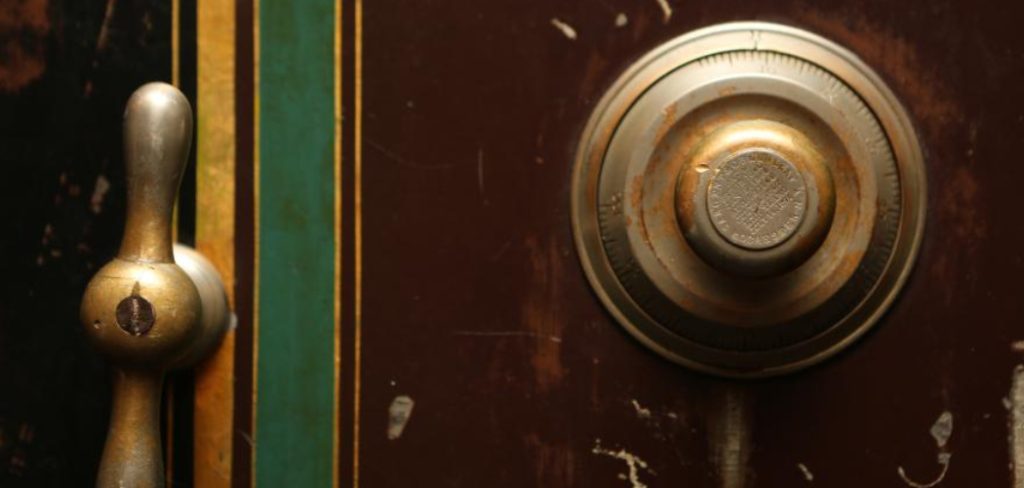
Types of Vault Lock Boxes
Vault lock boxes come in a variety of types, each designed to meet different security needs and preferences. The most common types include:
- Key Lock Boxes: These are straightforward to use, requiring a traditional key for access. They are often favored for their simplicity and reliability, especially in situations where multiple people need access, such as in real estate.
- Combination Lock Boxes: Offering an additional layer of security, these boxes require a numerical code to open. They are ideal for those who prefer not to worry about carrying a key, though it’s important to remember the combination.
- Electronic Lock Boxes: With technological advancements, electronic lock boxes have become quite popular. They may feature keypads or biometric scanners such as fingerprints. These lock boxes provide high security and are often used for more sensitive or high-value items.
- Biometric Lock Boxes: Utilizing fingerprint recognition technology, these boxes offer high-level security by restricting access to authorized individuals only. They are an excellent choice for personal use or in settings where securing sensitive information is critical.
Each type of vault lock box offers distinct advantages, allowing individuals to choose the option that best fits their security needs and convenience preferences.
Assessing the Lock Box and Lock Type
Before opening a vault lock box, assessing the lock box and lock type is a critical first step to ensure a smooth and secure process. Begin by identifying the type of lock box you possess—key, combination, electronic, or biometric—since each requires a different approach for access. Examine the lock mechanism for any visible wear or damage that could impact functionality.
For key lock boxes, ensure that you have the correct, undamaged key. With combination lock boxes, verify that you have the right combination sequence, noting if it requires a specific input method, such as turning a dial or pressing buttons. For electronic and biometric lock boxes, ensure that the box has sufficient battery power or is connected to a power source, as these features are crucial for operation. Understanding these aspects will prepare you for opening the lock box efficiently and with minimal risk of damage.
10 Methods How to Open a Vault Lock Box
1. Check the Owner’s Manual for Instructions
The first step in accessing your vault lock box is to consult the owner’s manual. The manual provides model-specific instructions for opening, resetting codes, and troubleshooting common issues. Each type of lock box, whether it has a combination dial, digital keypad, or key, may have unique opening methods and security features. Reviewing the manual gives you a clear understanding of the exact steps to follow and can prevent unnecessary force that could damage the lock box.
2. Use the Correct Combination or Key
For a vault lock box with a combination lock, ensure you have the correct combination on hand. If the lock box is key-operated, locate the corresponding key. Enter the code or insert the key slowly and carefully; rushing can sometimes lead to errors, especially with sensitive mechanisms. For combination locks, rotate the dial smoothly without skipping numbers. Misaligning even slightly can prevent the box from opening, so precision is essential.
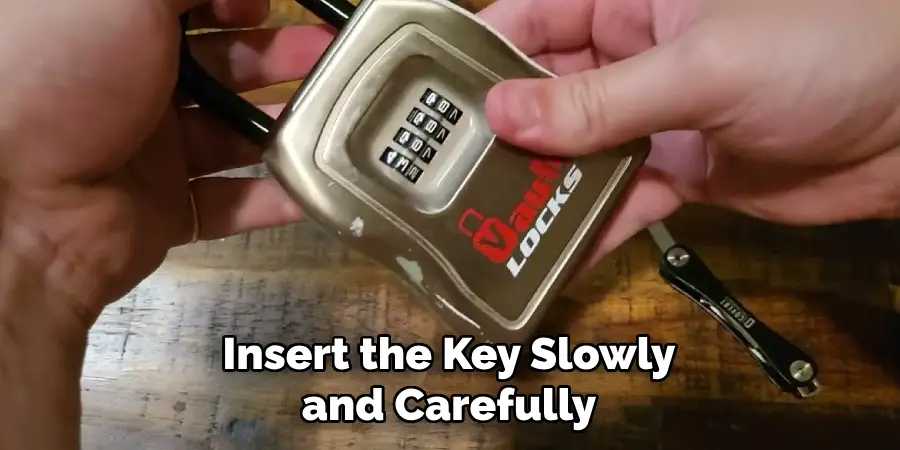
3. Try Default Codes or Factory Settings
If you’re using a new or recently reset lock box, try the factory-set combination code or any default PIN. Many lock boxes have pre-set codes such as “0000” or “1234” for first-time access, which are meant to be changed immediately upon purchase. Consult the manual or check with the manufacturer to find the correct default code if you’re unsure. Using the default setting can often resolve issues when accessing a new or unfamiliar lock box.
4. Use Light Pressure on the Dial or Buttons
For combination lock boxes, gently apply light pressure on the dial or buttons while entering the code. Sometimes, putting too much force on the lock mechanism can make it jam or misalign, preventing the box from opening. Light pressure helps ensure that the components inside the lock align correctly with the combination, making it easier to unlock without straining the mechanism.
5. Apply Lubrication if the Lock Is Stiff
Over time, a lock box may develop stiffness or become harder to open due to dust or rust accumulation. To address this, use a graphite-based lubricant or a few drops of lock oil on the lock mechanism. Avoid using excessive oil, as it can attract dust and debris, worsening the issue. A small amount of lubricant can help the lock move smoothly, allowing you to enter the code or turn the key with ease.
6. Reset the Combination Code if Necessary
If you’re unable to open the lock box with the current combination, consider resetting the code. Many lock boxes allow you to reset the combination using a special reset tool or by holding a designated button inside the box. However, you’ll need to open the lock box first to access the reset feature. Resetting the code is particularly helpful if you suspect someone else may have changed it or if you’re using a previously owned box with an unknown combination.
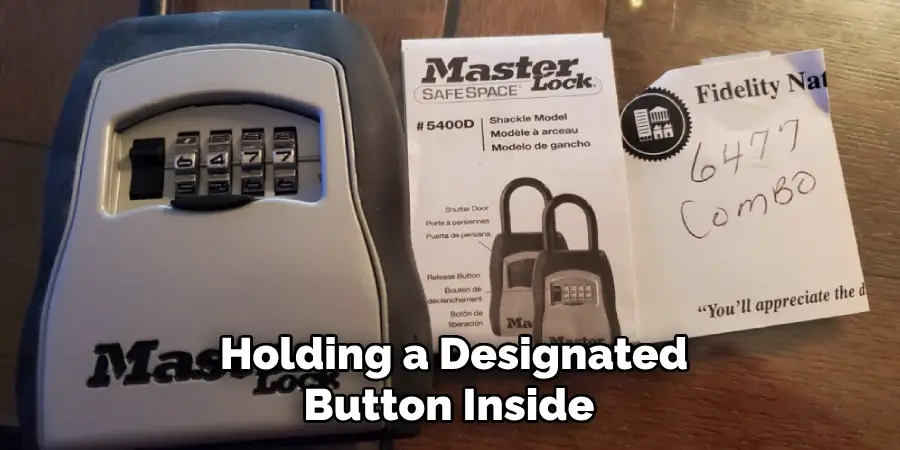
7. Use a Lock-Picking Kit as a Last Resort
If you’re still unable to open the lock box and you have the necessary skills, you could try using a lock-picking kit as a last resort. This method requires patience and precision and should only be attempted if you own the lock box and have experience in lock picking. Use a tension wrench and pick to manipulate the lock pins until they align, allowing you to open the box. Be cautious, as using too much force can damage the lock and make it unusable.
8. Consult a Professional Locksmith
If all else fails and the lock box holds important items, contacting a professional locksmith can be a worthwhile option. Locksmiths have specialized tools and expertise to safely open vault lock boxes without damaging them. Although there may be a service fee, this ensures you’ll regain access to your items securely. A locksmith can also help you reset the combination or repair any internal damage to the locking mechanism.
9. Use a Bypass Key or Emergency Override Feature
Some lock boxes come with a bypass key or emergency override feature, designed to provide access in case the main lock mechanism fails. Check if your model has a hidden keyhole or override function, typically concealed for security reasons. Insert the bypass key or activate the override mechanism as instructed in the manual to unlock the box. Using the emergency feature can be especially helpful if the primary locking method is malfunctioning.
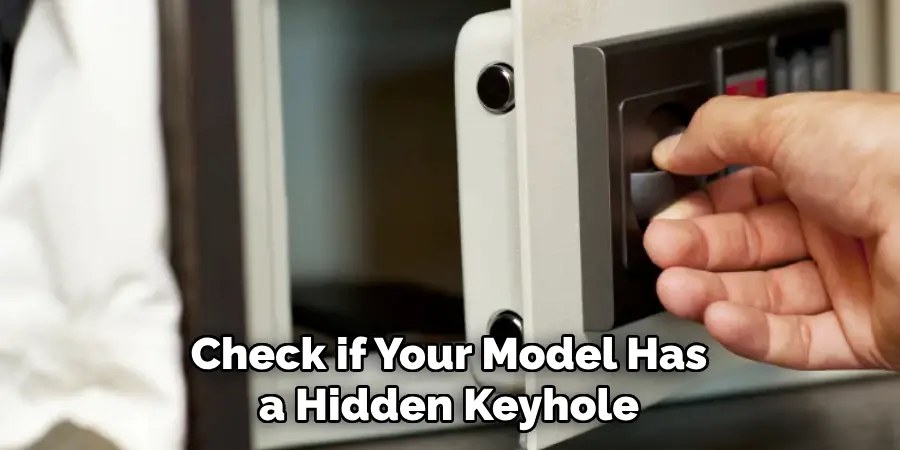
10. Prevent Future Access Issues with Regular Maintenance
After successfully opening your vault lock box, take a few steps to prevent future issues. Regularly clean the lock mechanism and apply a light layer of lubricant every few months to keep it operating smoothly. If your lock box has a combination, store the code in a secure, memorable place to avoid being locked out. Proper maintenance, including occasionally resetting the combination, keeps the box in good working order, ensuring it’s always accessible when needed.
Things to Consider When Choosing a Vault Lock Box
Selecting the right vault lock box involves several important considerations to ensure it meets your security needs effectively. First, evaluate the purpose and level of security required; a high-value safe with advanced locking mechanisms might be necessary for storing sensitive documents or valuable items. Consider the size and interior capacity of the lock box—ensure it can comfortably hold your intended contents without being overly cumbersome. Pay attention to the material and durability of the lock box, choosing one made from robust materials like steel or reinforced plastic for enhanced protection. Evaluate the lock type—combination and digital locks offer higher security than key-based locks, though they require memorization or safe storage of the combination.
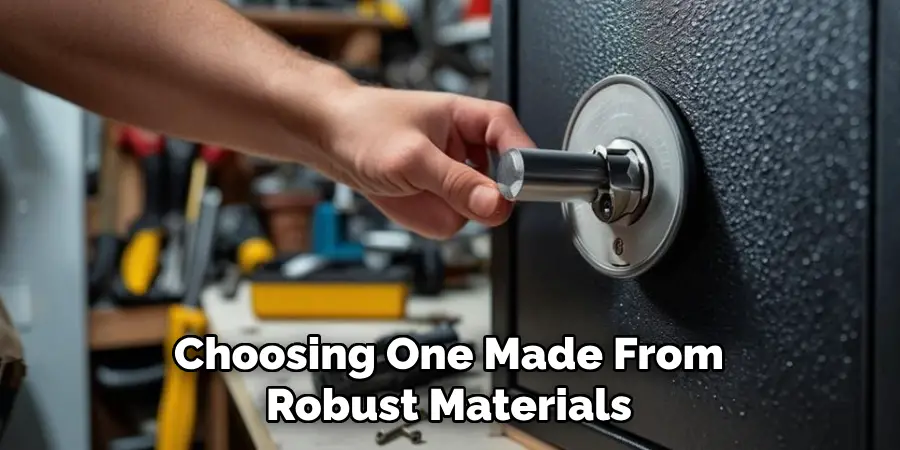
Conclusion
In conclusion, selecting and maintaining a vault lock box is essential for safeguarding your valuable items and sensitive documents. By considering factors such as security levels, size, material, and locking mechanisms, you can choose a lock box that suits your specific needs. Regular maintenance, including cleaning and lubrication, helps in preventing future access issues and ensures the longevity of the lock box. Taking these measures into account will not only enhance the security of your belongings but also offer peace of mind, knowing that your items are well-protected. Thanks for reading our blog post on how to open a vault lock box! We hope you found it helpful and informative.
